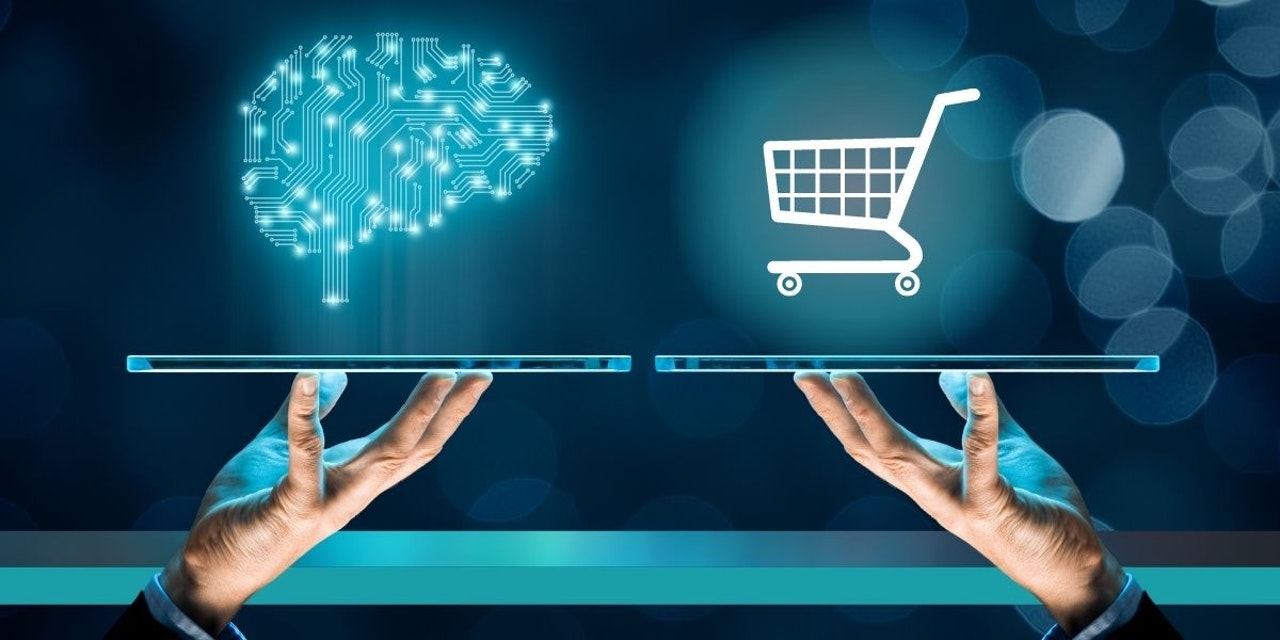When we talk about artificial intelligence (AI) in the food and beverage category, the conversation usually centers on product design technology or logistics. Besides that, we also hear about astonishing AI-related developments in agriculture as well as our ability to use predictive models to maximize shelf life and adhere to food safety guidelines. We don’t hear nearly as much about what food actually means to consumers and how digital transformation can integrate into that idea. So why not also consider how AI is revolutionizing digital marketing?
Throughout Covid-19, the digitization of food manufacturing has sped up significantly. Supply chains have been optimized for consumers’ new shopping styles, for example. With machine learning and predictive analytics, food companies can narrow down what flavors, sensations, and products their customers might enjoy most. For example, spice company McCormick has used AI to analyze flavor preference data and develop a forecast of future tastes. But the progress of AI in the food industry holds even more potential for revolutionizing the way consumers view and buy food products through highly targeted, insight-driven digital marketing.
AI-driven digital marketing has the power to give customers more value and to get food and beverage brands closer to their target audience. It’s certainly a win for everyone.
Why AI-driven tactics are the future of food marketing
AI is particularly exciting for the food and beverage market because it levels the playing field for smaller brands. Marketers won’t have to rely on heavy sponsorship and brand recognition to create great campaigns. They can simply use the data they have at their fingertips to optimize targeting and respond to real-time feedback, making their products more desirable.
Historically, some food and beverage brands did not heavily rely on data and AI to drive sales. In the midst of the pandemic and previous digital trends, these brands are beginning to realize they can no longer depend so heavily on major sponsorships at sporting arenas and out-of-home advertising at restaurants to meet their goals.
Coca-Cola is a great example of a major brand pivoting to embrace AI-driven strategies. After a disappointing fourth quarter in 2020, the beverage giant announced it would emphasize more targeted digital marketing strategies. According to CFO John Murphy, the brand opted for campaigns that were data-driven, occasion-based, and always on.
It makes sense to adapt marketing strategies to meet consumers where they are and create personalized experiences. After all, 66% of consumers who research products on a smartphone will be influenced by relevant information that appears on their device. That means food and beverage brands need to meet consumers on their research journey before the purchasing point. Given its ability to deliver high-quality insights about consumer behavior, AI is the natural next step forward.
Three food and beverage marketing ideas to leverage AI
Through the use of machine learning, data-driven performance analysis, and strategic A/B testing, food and beverage brands will be able to use AI to make impactful business decisions and gain greater insight into the products, packaging, and messaging that resonate with their target audiences.
Here are a few marketing ideas for food and beverage companies that leverage AI to get closer to what consumers actually want.
1.) Optimize AI’s settings toward specific goals.
The first critical strategy for getting AI and machine learning to work in your favor is ensuring you understand the key signals of success and point the AI-powered platform in that direction.
Start by simply identifying specific goals. Let’s say the goal is to gain more brand awareness. If so, it’d be best to direct the platform toward driving cost per thousand. Then, track impressions to learn how the campaign is reaching the eyes of target customers. Additionally, it’s helpful to know that many platforms even have the ability to automatically allocate budget toward certain top-performing audiences, creatives, or placements. This will help maximize a campaign to achieve its particular goals with savvy investment.
2.) Develop a routine of testing and learning
To keep refining a campaign in response to consumers’ changing preferences, it’s ideal to continually test and learn from the results.
Depending on what social channels audiences are on, conducting A/B tests on a platform such as Facebook might be a good place to start. Provide two sample sets of audience members with two different versions of a landing page, and collect the resulting data. You’ll learn a lot about what customers respond to, and machine learning will provide crucial intel on how to best proceed to reach more efficient cost metrics while getting closer to achieving chosen KPIs.
3.) Enable AI to boost first-party data
As the world rapidly shifts into a digital realm, data is one of the most valuable assets companies have right now. In fact, it will become even more important as we face a cookieless future.
The good news is that AI and machine learning can help boost that data wealth even further given their ability to mimic human behavior by collecting and analyzing countless sets of data simultaneously. With this, marketers need to think about AI as a tool that can build complex models of audience behavior based on interests, demographics, and actions. First-party data becomes key to understanding your best customers: the people who will become loyal, high-spending, and influential, therefore growing the success of the brand.
As data and technology transform the processes around food manufacturing and logistics, the food and beverage market can also benefit from the advanced analysis of data to improve advertising campaigns. Use the power of AI in digital marketing to gain a deeper understanding of the factors motivating and influencing food and beverage customers.
Source: 3 ways food and beverage brands can succeed with AI | Coegi | Open Mic | The Drum













